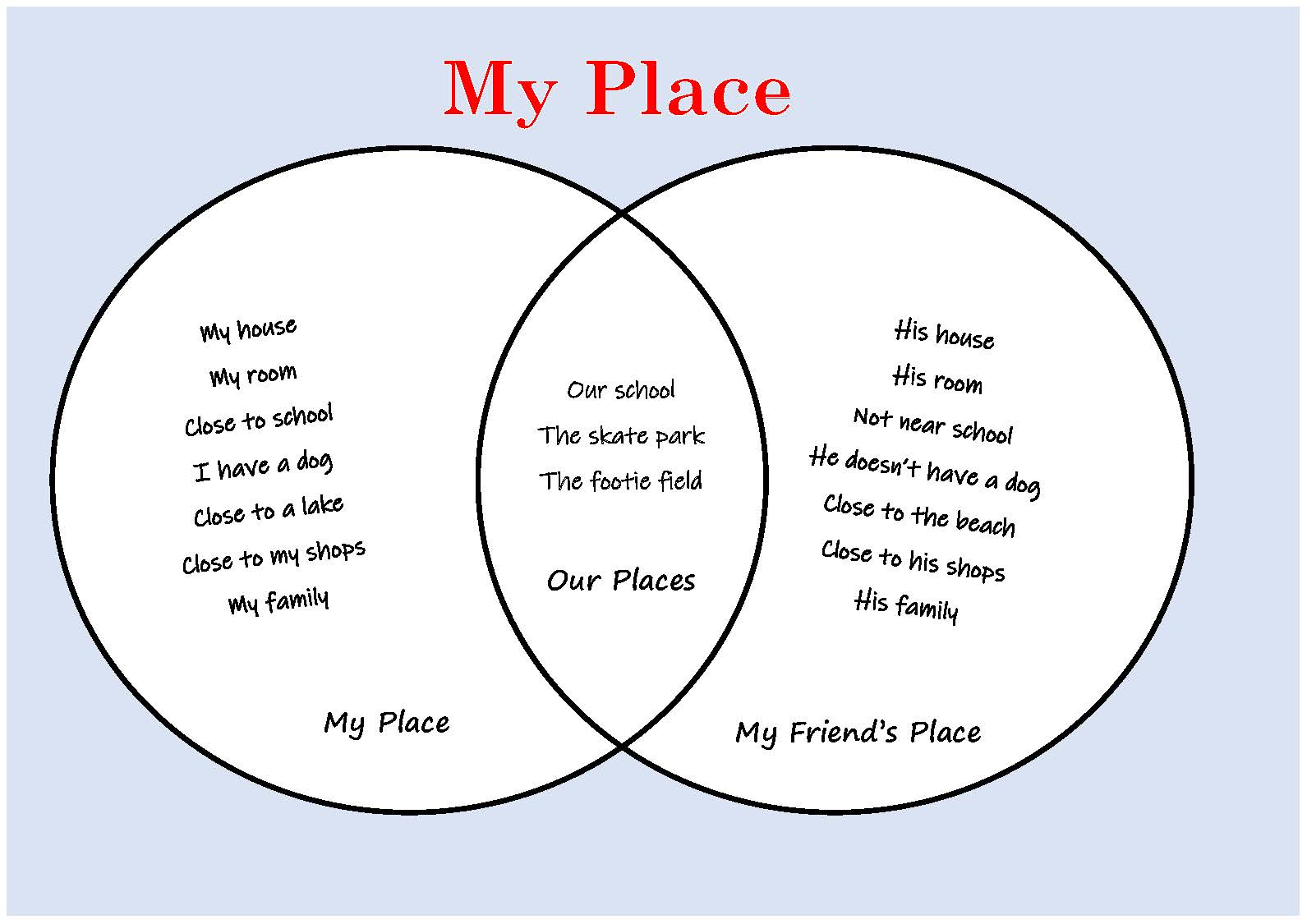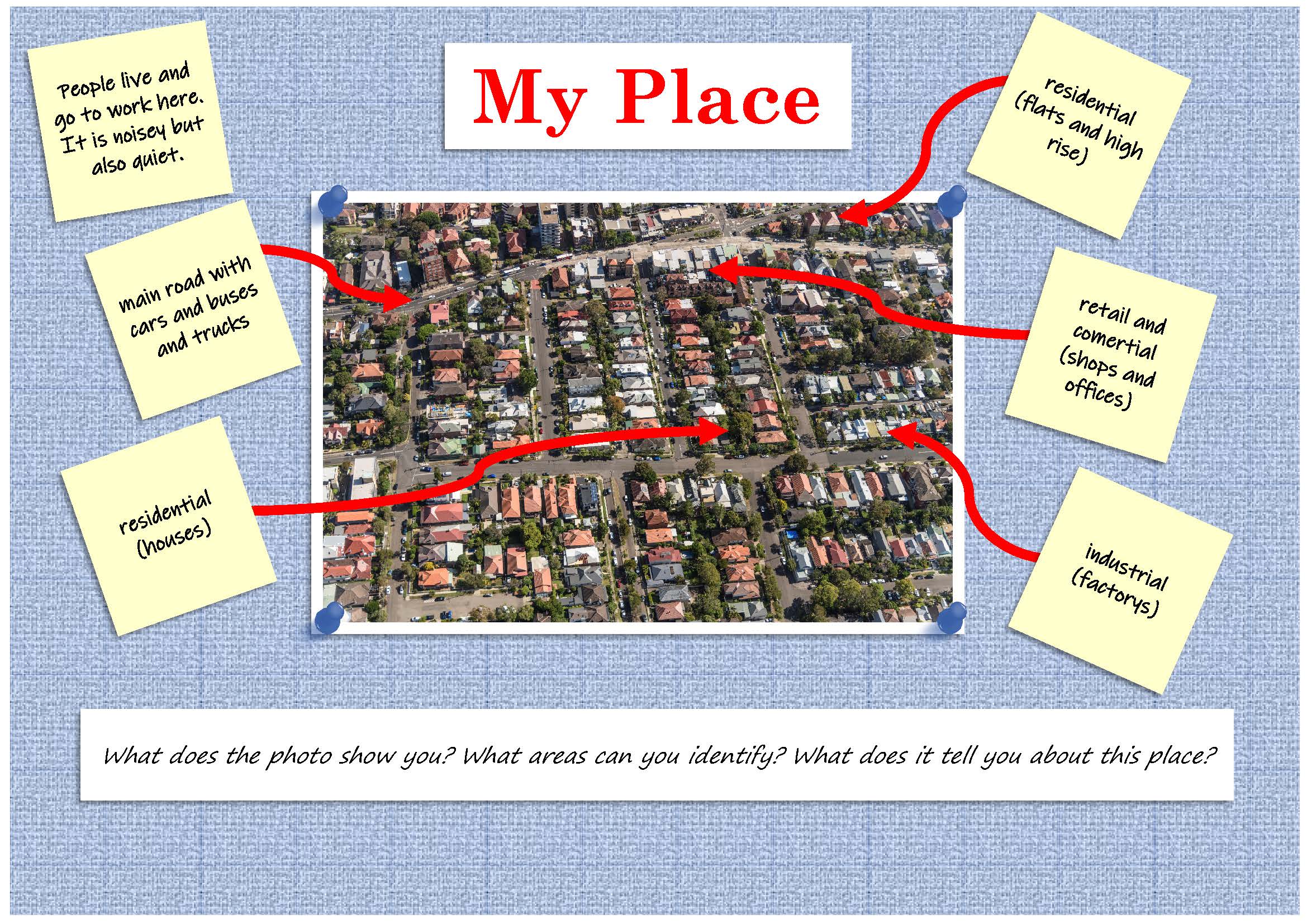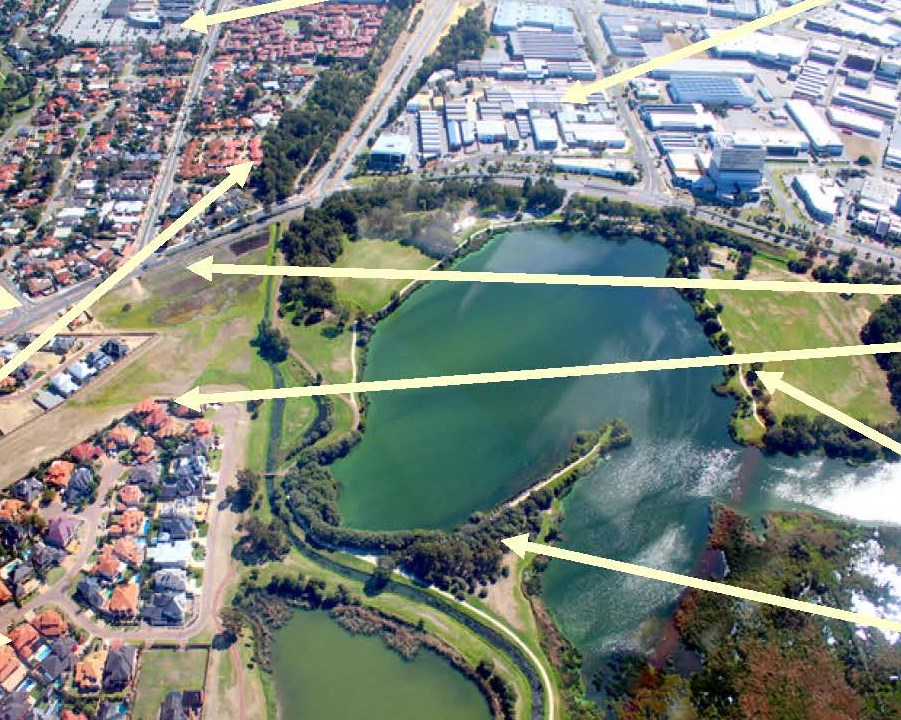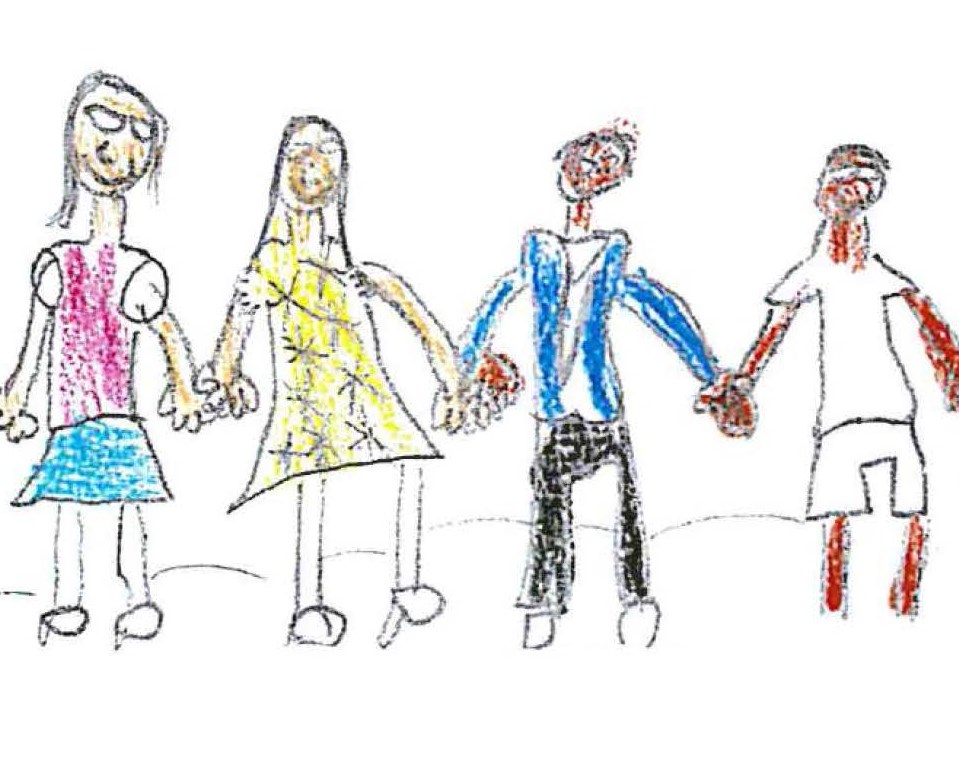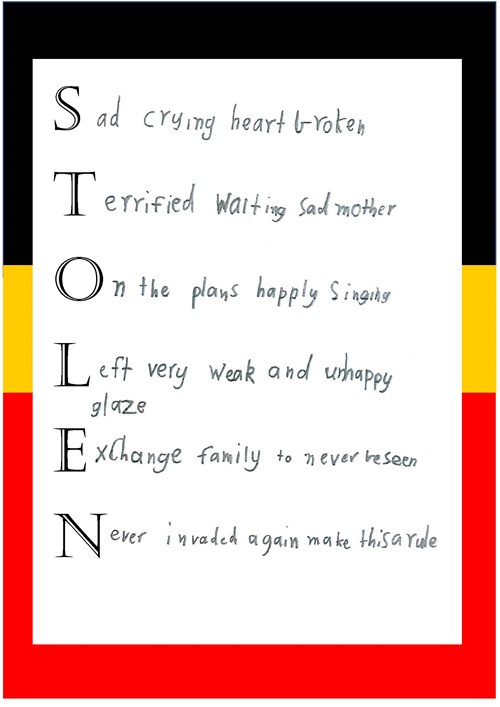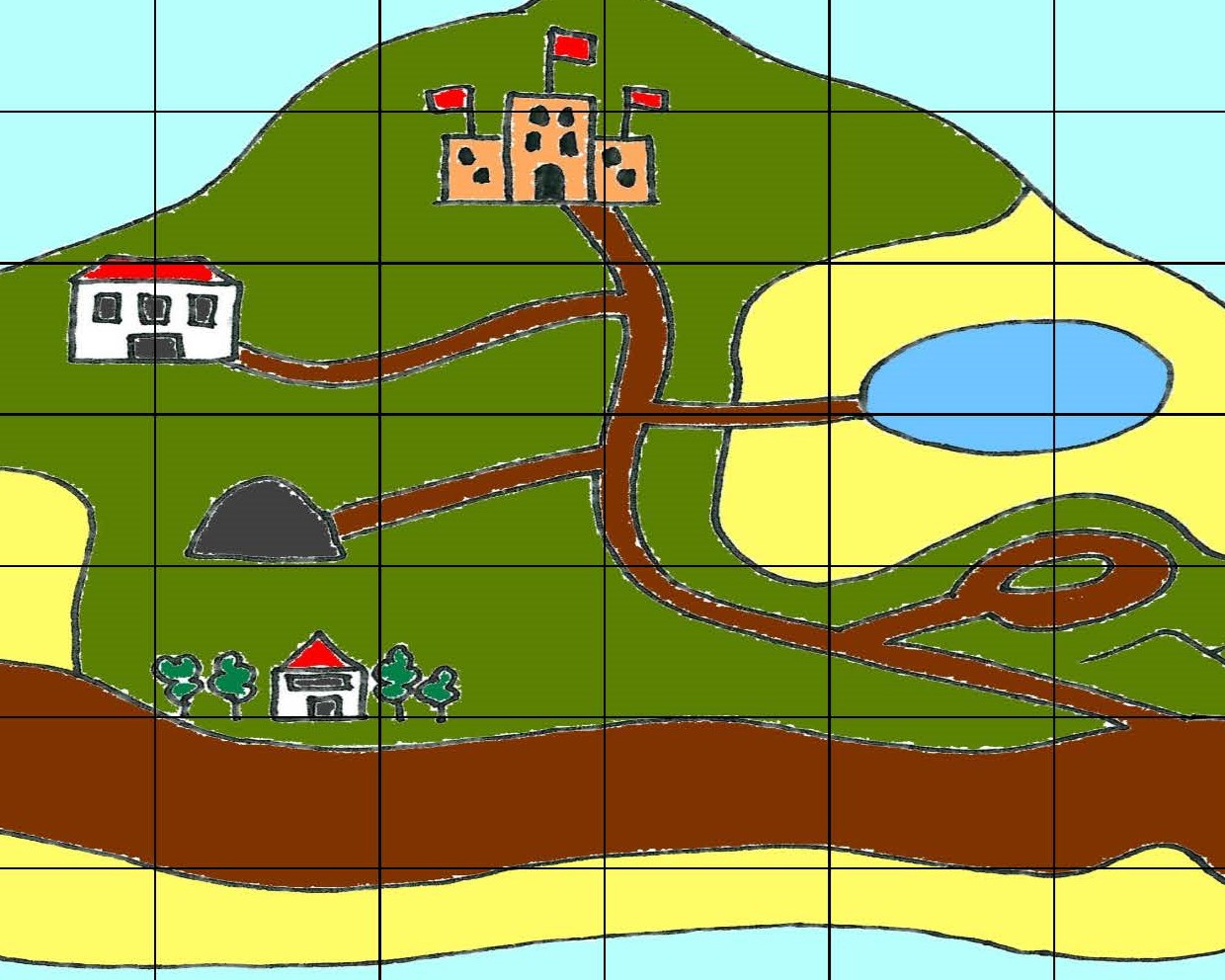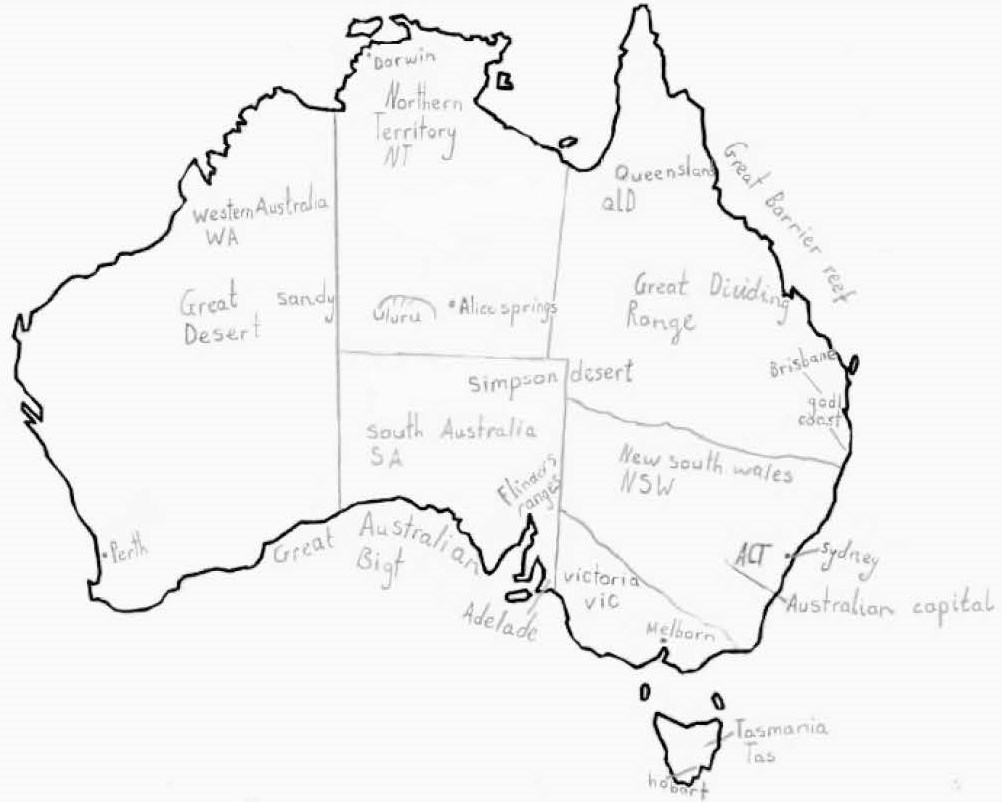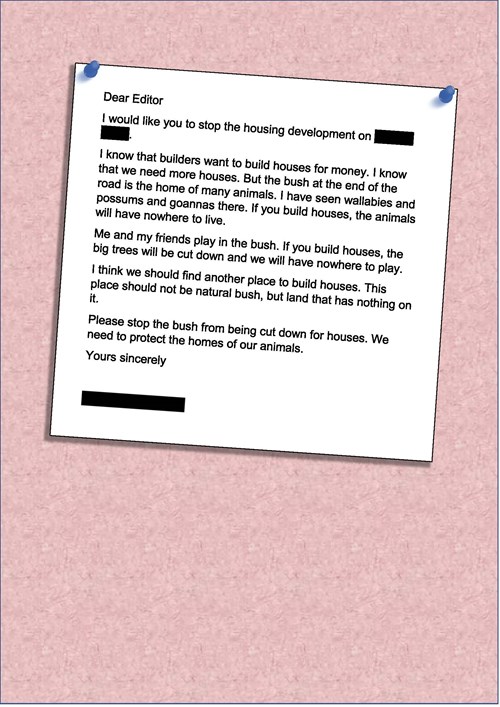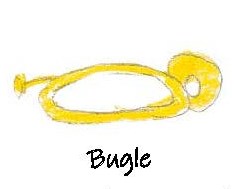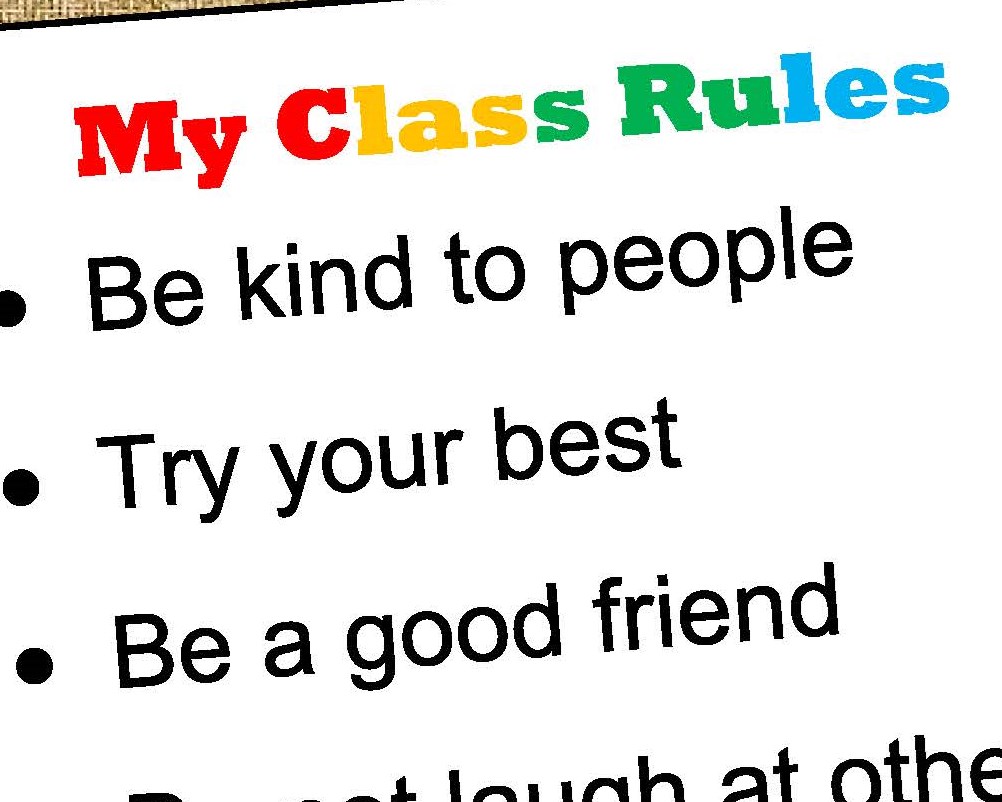My place
Summary of task
Students completed a series of activities associated with a teacher-led reading and discussion of ‘My Place’ by Nadia Wheatley and Donna Rawlins. Students completed a Venn diagram to record similarities and differences between known or familiar places. Students annotated teacher-provided aerial photographs of the local area to indicate the varying uses of places. These photographs and annotations were then presented as a classroom display. Finally, students created their own drawings and text, using the structures and language features of ‘My Place’ as a template. The students’ pages were printed and shared as a whole-class publication entitled ‘Our Places’. All of these activities took place in class over a period of three weeks.
Achievement standard
By the end of Year 3, students identify individuals, events and aspects of the past that have significance in the present. They identify and describe aspects of their community that have changed and remained the same over time. They identify the importance of different celebrations and commemorations for different groups.
Students sequence information about events and the lives of individuals in chronological order. They pose questions about the past and locate and collect information from sources (written, physical, visual, oral) to answer these questions. They analyse information to identify a point of view. Students develop texts, including narrative accounts, using terms denoting time.
By the end of Year 3, students describe the location of the states and territories of Australia, the location of selected Aboriginal and Torres Strait Islander Countries/Places and selected countries neighbouring Australia. They describe the characteristics of different places at local scales and identify and describe similarities and differences between the characteristics of these places. They identify connections between people and the characteristics of places and recognise that people have different perceptions of places.
Students pose geographical questions and locate and collect information from different sources to answer these questions. They record and represent data in tables and simple graphs and the location of places and their characteristics on labelled maps that use the cartographic conventions of legend, title and north point. They describe the location of places and their features using simple grid references and cardinal compass points. Students interpret geographical data to identify and describe distributions and draw conclusions. They present findings using simple geographical terminology in a range of texts. They reflect on their learning to suggest individual action in response to a geographical challenge.
By the end of Year 3, students explain the role of rules in their community and the importance of making decisions democratically. They describe how people participate in their community as active citizens.
Students pose simple questions about the society in which they live. They collect information from sources to answer these questions. They examine information to identify a point of view and draw simple conclusions. Students share their views on an issue and describe how they participate in a group. They present their ideas and conclusions in oral, visual and written forms using civics and citizenship terms.
